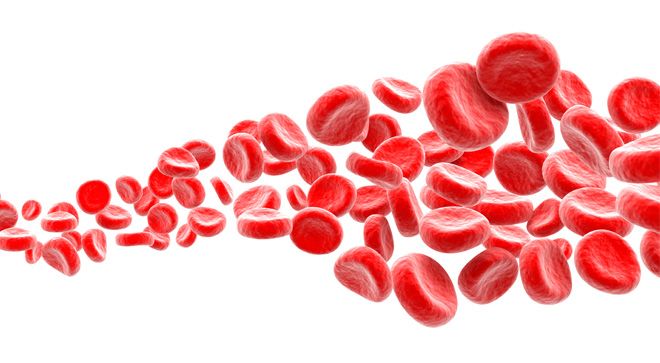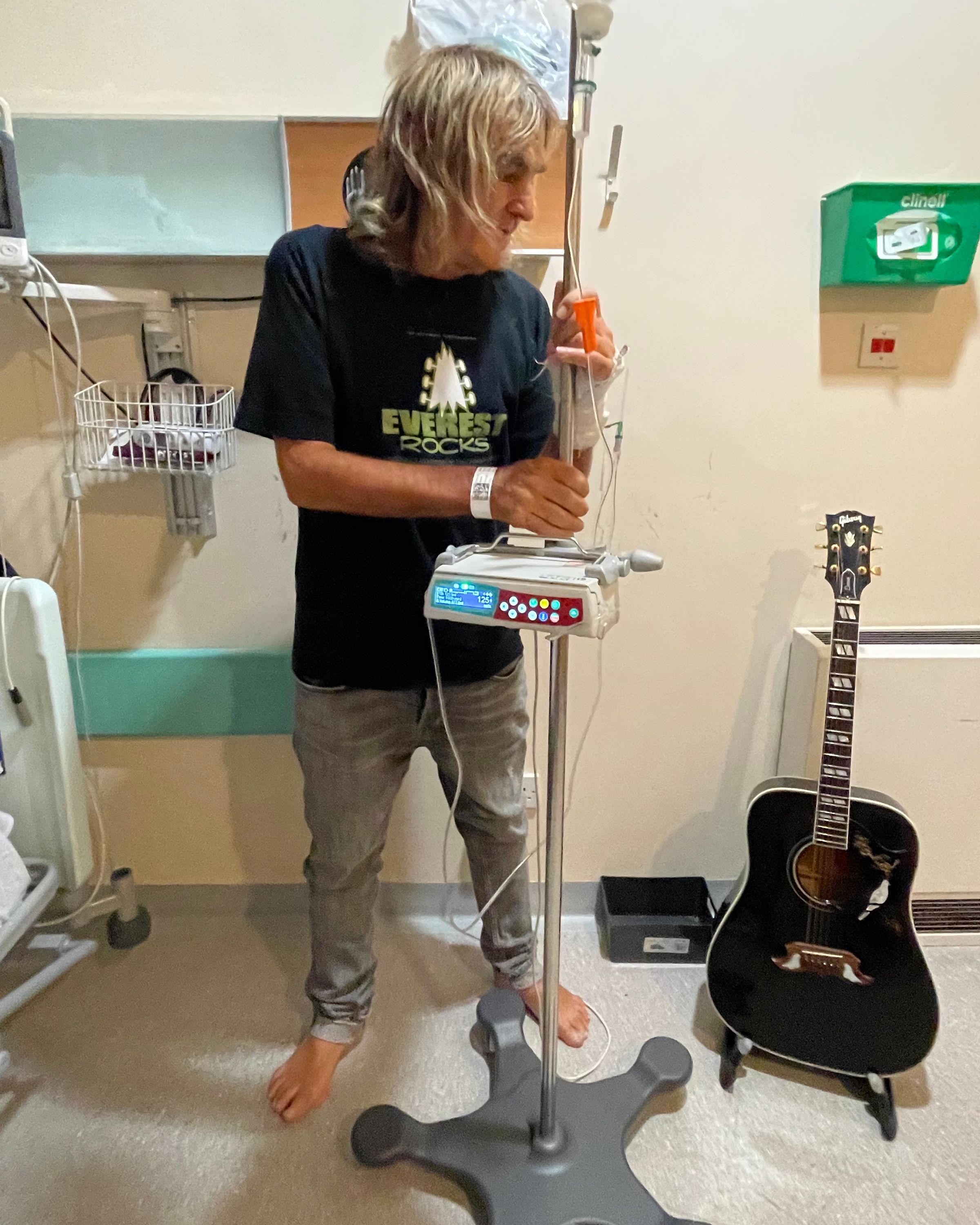Article
Enzastaurin May Show Benefit in Subgroup of Patients with Diffuse Large B-Cell Lymphoma
Author(s):
The agent, in combination with the current standard of care, is being evaluated as a frontline treatment for patients with high-risk Denovo Genomic Marker 1 (DGM1)–positive DLBCL.
Enzastaurin (DB102) may be associated with an increased benefit in patients with diffuse large B-cell lymphoma (DLBCL) with a Denovo Genomic Marker 1 (DGM1) biomarker, according to Dr. Grzegorz S. Nowakowski.
Previously, two studies of enzastaurin – an orally available, investigational, first-in-class small molecule, serine/threonine kinase inhibitor of the PKC beta, PI3K and AKT pathways – failed to show promise for the agent in the maintenance setting and in combination with R-CHOP (Rituxan [rituximab] plus cyclophosphamide, doxorubicin hydrochloride, vincristine sulfate and prednisone) for patients with intermediate- or high-risk DLBCL. However, data from the subset analyses showed an increased benefit for a subgroup of patients.
Therefore, researchers are evaluating enzastaurin in the ongoing, randomized phase 3 ENGINE trial, designed to evaluate R-CHOP, the current standard of care, in combination with enzastaurin or placebo as frontline treatment for patients with high-risk Denovo Genomic Marker 1 (DGM1)–positive DLBCL.
“What's interesting about the ENGINE study and the whole concept is trying to revitalize the drug which was already studied in the space using new technology, new science,” Nowakowski, associate professor of medicine and oncology and a consultant in the Division of Hematology in the Department of Internal Medicine at the Mayo Clinic, said in an interview with OncLive, CURE’s sister publication.
“This will be a very important study for several reasons. Number one we are trying to move the bar here and improve outcomes of patients who have upfront settings,” he added. “So this could change the clinical practice of what we do. But there are also implications of what we do with our lymphoma research and subsequent studies as well.”
Nowakowski noted that the ENGINE study aims to capture high-risk patients without delay, which is important in that the strategy may capture those patients and improve outcomes.
Moreover, the study is evaluating overall survival – the length of time from diagnosis or the start of treatment that patients are still alive. “(…This) is a difference from other studies which is also innovative in a sense. I mean, overall survival has been a gold standard for a long time but it's just difficult to achieve. Because the studies are capturing those high-risk patients in real life situations, we might be able to actually see a difference here,” Nowakowski said, adding that this could possibly affect designs of other studies as well.
Lastly, if enzastaurin shows promise, researchers can also evaluate the agent in multiple lines of therapy for patients with DGM1–positive DLBCL. “And there's some data from other tumor types as well, including brain tumors, that this could show efficacy in those tumors as well,” Nowakowski said. “So, I’m sure we'll see additional studies in this space.”
In July, the Food and Drug Administration (FDA) granted fast track designation to enzastaurin for the treatment of patients with newly-diagnosed glioblastoma. Of note, this fast track designation may potentially expedite the review of enzastaurin because it is intended for the treatment of a serious or life-threatening disease or condition, and demonstrates the potential to address an unmet medical need for patients with glioblastoma.
"This fast track designation in (glioblastoma) is an important milestone in the development of DB102," Xiao-Xiong Lu, Denovo's chief technical officer, said in a press release. "We are pleased that the FDA has recognized our innovative biomarker approach to conquer (glioblastoma). It potentially accelerates our development of DB102 in (glioblastoma), a difficult-to-treat indication with a significant unmet need and adds value to our DB102 franchise."




